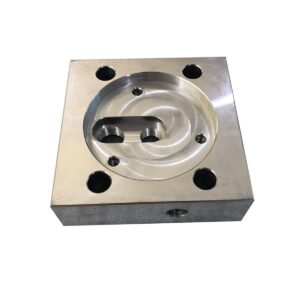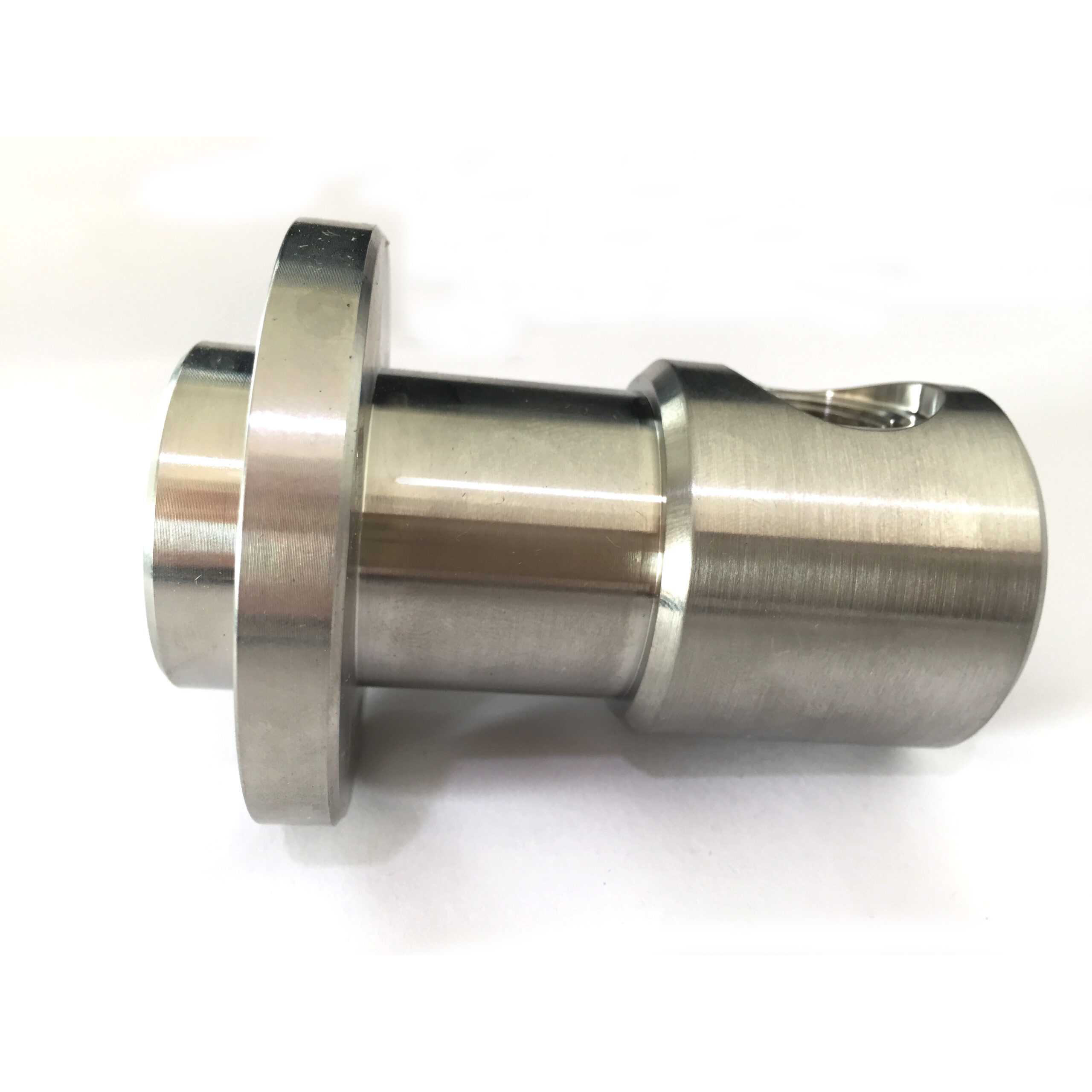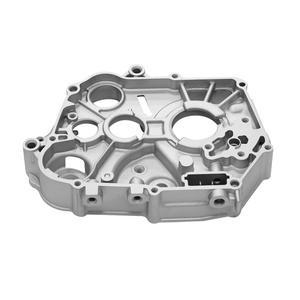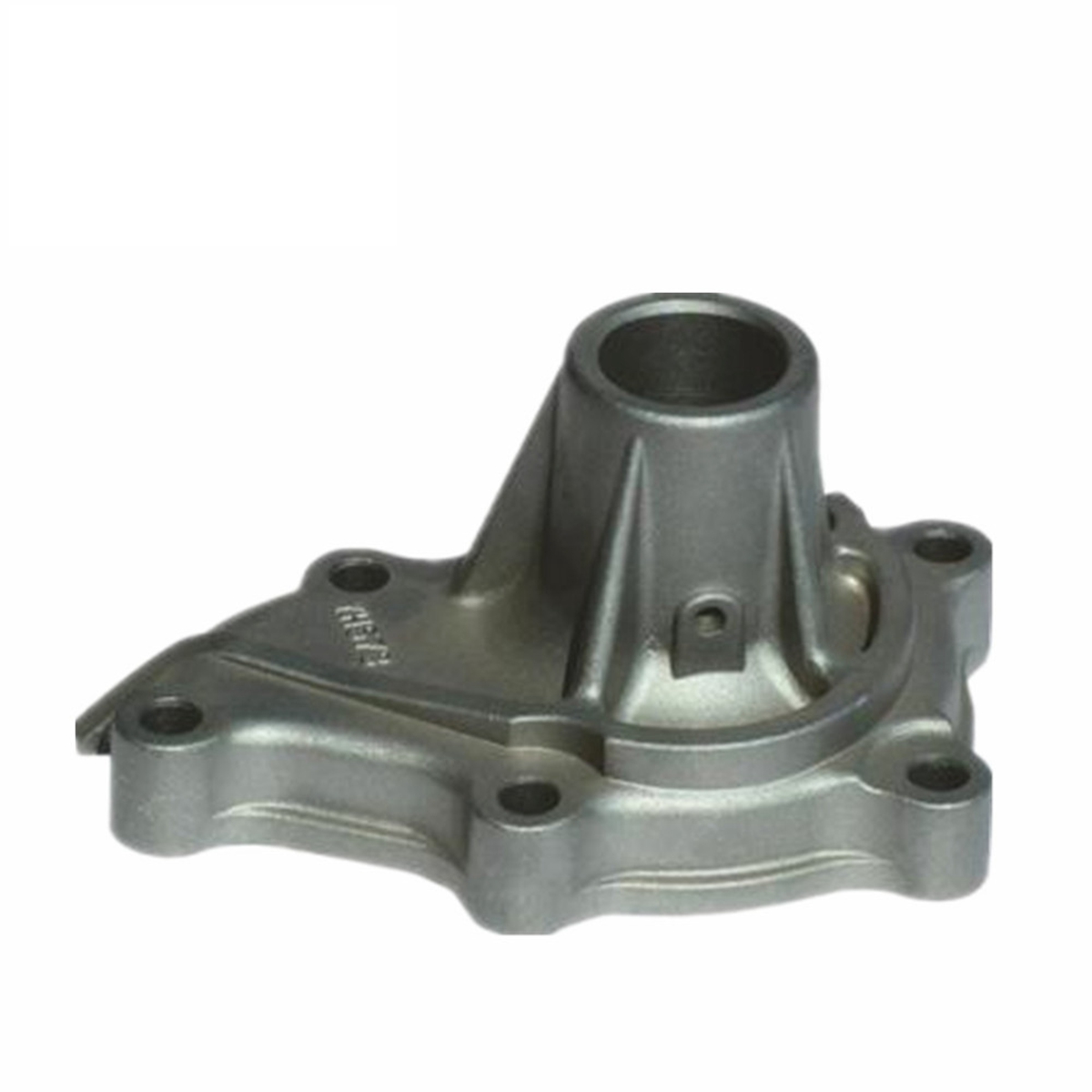
Here’s an overview of the key international standards governing metal surface roughness, with a focus on ISO and ASME standards:
Core International Standards
ISO 21920 Series (Geometrical Product Specifications – Surface texture: Profile method):
ISO 21920-1:2021: Defines terms, parameters, and general rules for specifying surface texture using the profile method. Replaces parts of the older ISO 1302.
ISO 21920-2:2021: Specifies surface texture parameters calculated from profile data (e.g., Ra, Rz, Rq, Rsk, Rku, RSm). This is the primary reference for roughness values.
ISO 21920-3:2021: Covers specification operators – the rules for how to measure and evaluate surface texture parameters (filtering, evaluation length, etc.).
Key Parameters: Ra (Arithmetic Mean Deviation), Rz (Maximum Height), Rq (Root Mean Square), Rsk (Skewness), Rku (Kurtosis), RSm (Mean Width of Profile Elements).
ASME B46.1-2019 (Surface Texture: Surface Roughness, Waviness, and Lay):
The dominant standard in North America and heavily influential globally.
Provides comprehensive definitions, measurement methods, instrumentation calibration, and specification practices for surface texture (roughness, waviness, lay).
Covers parameters like Ra, Rq, Rz (using slightly different definitions than ISO for some parameters, notably Rz), Rt (Total Height), Rsk, Rku, RSm.
Includes detailed guidance on measurement techniques (stylus instruments) and filtering.
Key Concepts & Specification on Drawings
Symbols: Both ISO and ASME use the “check mark” symbol (√) to denote surface texture requirements on engineering drawings.
Lay Symbol: Added to the check mark to indicate the direction of the predominant surface pattern (e.g., = parallel, X crossed, M multidirectional, C circular, R radial, P particulate).
Parameter Notation: The roughness parameter (e.g., Ra) and its maximum value (and sometimes minimum, or range) are placed next to the symbol.
Production Method: Sometimes included as a note or above the symbol to indicate the required process (e.g., “Grind”, “Turn”, “Pol”).
Sampling Length (Cut-off Length): Often specified implicitly by the parameter choice or explicitly near the symbol.
Common Roughness Grade Numbers (N Scale)
Both standards historically used “N numbers” for a shorthand indication of roughness ranges. While less emphasized now, they are still widely understood:
| N Grade | Approx. Ra Range (μm) | Typical Processes/Appearance |
| N1 | ≤ 0.025 | Super finishing, Lapping, Polishing |
| N2 | > 0.025 – 0.05 | Honing, Fine Grinding |
| N3 | > 0.05 – 0.1 | Fine Grinding, Diamond Turning |
| N4 | > 0.1 – 0.2 | Precision Machining, Grinding |
| N5 | > 0.2 – 0.4 | Fine Machining, Shaping, Grinding |
| N6 | > 0.4 – 0.8 | Turning, Boring, Milling, Reaming |
| N7 | > 0.8 – 1.6 | Turning, Boring, Milling, Drilling |
| N8 | > 1.6 – 3.2 | Rough Machining, Sawing |
| N9 | > 3.2 – 6.3 | Rough Machining, Sawing, Sand Casting |
| N10 | > 6.3 – 12.5 | Rough Machining, Flame Cutting |
| N11 | > 12.5 – 25 | Very Rough Machining, Flame Cutting |
| N12 | > 25 | Rough Casting, Forging |
Important Considerations
Harmonization: Significant effort has been made to harmonize ISO and ASME standards, especially regarding core parameters like Ra. Definitions for Rz and Rt still differ slightly; careful attention is needed when interpreting drawings.
Parameter Choice: Ra is the most common average roughness parameter. Rz (ISO) or Rt (ASME) is often used to control maximum peaks, crucial for sealing or fatigue life. Rsk and Rku describe the shape of the profile distribution.
Measurement: Specifying the parameter alone is insufficient. The measurement method (stylus type, tip radius), filtering (e.g., Gaussian filter cutoff wavelength λc), and evaluation length must be defined per ISO 21920-3 or ASME B46.1 for results to be comparable.
Application Specificity: The “correct” roughness depends heavily on the part’s function:
Sealing Surfaces: Often require very low Ra (e.g., < 0.4 μm) and controlled Rz.
Bearing Surfaces: Require specific roughness and waviness for lubrication and wear.
Fatigue-Critical Parts: Need controlled peak heights (Rz/Rt) and possibly compressive residual stress.
Cosmetic Surfaces: Focus on visual appearance, often specified by comparison samples.
Other Standards: Industry-specific standards often reference or build upon ISO/ASME (e.g., automotive, aerospace, medical devices). JIS B 0601 (Japan) is also important regionally but aligns closely with ISO.
In summary: For international work, ISO 21920 (especially Parts 1 & 2) and ASME B46.1 are the fundamental standards. Always specify the parameter symbol, value, lay direction (if critical), and ensure the measurement methodology aligns with these standards. The choice of parameter and tolerance depends critically on the functional requirements of the metal fitting.





